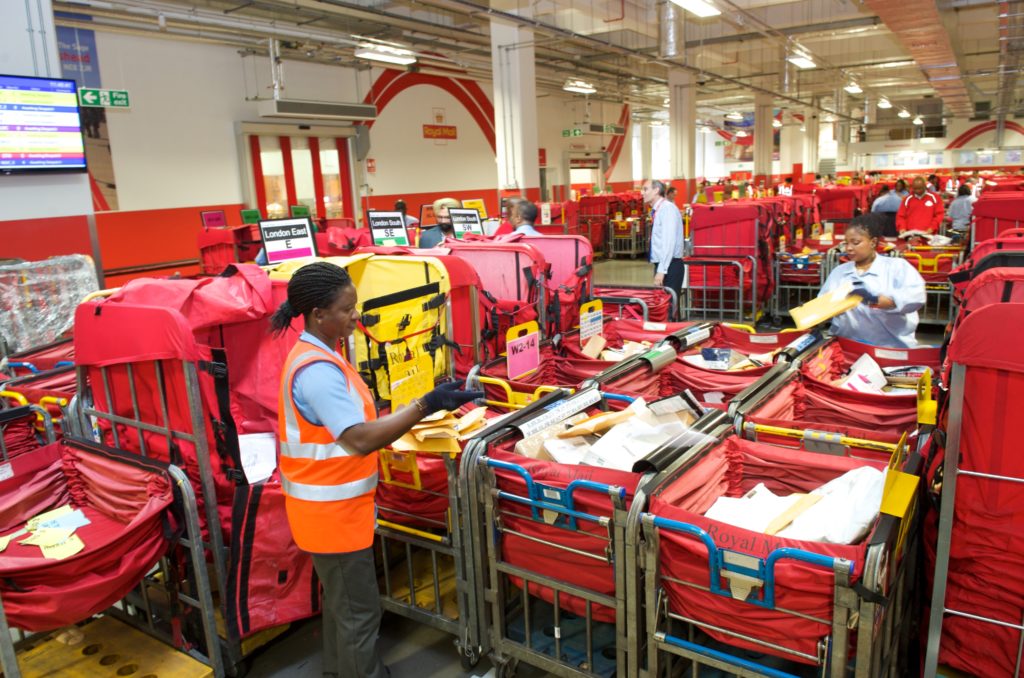Matthew Robertson, co-CEO, NetDespatch, looks at the changing state of the peak season, the preparations needed to get ahead of this year’s increase in volumes and the lessons that can be learned from 2018
These days, planning for the peak retail season seems to almost start from the moment the last peak ends. In a bid for continuous improvement, retailers and carriers forensically review what went well, which new tactics and technologies worked, which didn’t, and where refinements can be made. This is followed by adjustments and investments, bedding in innovations and getting as prepared as possible for the next peak period. It’s a frenetic cycle and you wouldn’t be wrong in thinking that the gaps between peak seasons are getting shorter every year.
Peak 2019
This year is no different and as we head toward the end of summer so peak looms large in every retailer’s plans. Retailers are anticipating a successful peak, predicting 28% year-on-year revenue growth according to brand new research recently released by Yieldify, a customer journey optimization company. The report, The shape of peak to come, surveyed more than 400 US and UK retail marketers, finding a 25% average year-on-year growth expectation for Black Friday, rising to a 28% increase for the holiday season as a whole. Less than 10% of those surveyed predicted flat or negative results for Q4 2019.
However, the report found some to be more optimistic than others. US retailers were among the most optimistic, with almost half (49%) predicting a revenue boost of between 25-75% on last year, versus just 33% who predict the same in the UK. The report also found evolving attitudes toward the key calendar events of peak season, namely Black Friday. While most retailers still plan on participating in Black Friday, 22% of the more cautious pure-play e-commerce businesses said that they would be opting out. Those who do plan on participating will be offering fewer and smaller discounts.
Likewise, Cyber Monday 2019 is poised to become the single most important online shopping day, offering the biggest bulk of deals just before the Christmas holiday. In fact, Cyber Monday revenue estimates a year ago reached US$7.9bn in the USA, meaning it exceeded every other online shopping day, according to Adobe Analytics via Business Wire. This year Cyber Monday falls on December 2, 2019, which means it’s occurring later than usual. That’s because Thanksgiving and Black Friday 2019 fall later in the year, too. This means that the Cyber Monday date dips into December, leaving everyone with less time to shop before Christmas (just 22 days).
Singles Day is also having an impact
I noticed last year just how many ‘early Black Friday’ sales began at the start of November, despite the actual event not occurring until the last weekend of the month. Interestingly, last year China’s ‘Singles Day’ – on November 11 – really started to have an international impact. It’s the world’s largest off-line and online shopping day, with Alibaba this year reporting sales of £23.81bn (US$29.16bn) across 230 different countries. The festival, which started in 1993 as a student-led celebration of being single, has grown into a month-long shopping spree peaking on the day itself. If this trend continues to go global, we’ll see more retailers bidding to capitalize on the ‘treat yourself’ ethos behind Singles Day and extending the peak period out even further.
So, as the hooks that peak season hangs on evolve, what does this mean for delivery? An obvious benefit of the season stretching earlier into November is a reduction in the Black Friday/Cyber Monday bottleneck that has previously put strain on the delivery network. With a month of deals, rather than one big weekend hit, retailers should have a better chance of getting their parcels to customers on time.
However, on the flipside of this are customers’ ever-increasing expectations that their orders will be delivered the next day. We saw this phenomenon in the IMRG Valuing Home Delivery Review 2018 – more than half of all e-commerce orders are now scheduled for next day delivery (and that figure reached a peak of 55% in September 2018, according to IMRG).
The rising cost of failed deliveries
The report also highlighted the crippling costs of failed deliveries – ranging from £9.80 (US$12) for a re-arranged delivery, up to £147.14 (US$180.20) for replacing lost parcels. That’s not counting the reputational damage to retailers and carriers when parcels fail to arrive on time. These costs are concerning for mega-retailers, but catastrophic for smaller companies, where the benefit of Black Friday sales boosts can potentially be wiped out by failure to deliver to the right place, first time. Clearly, it’s in everyone’s interest that the delivery network is prepared for the strain of peak season.
In order to deliver Black Friday-level volumes to tight timescales, retailers and logistics partners need to have honed order-taking, picking, despatching and tracking processes to the highest levels so parcels fly out of the door. A key part of that is eliminating errors. This is critical during peak periods where seasonally employed staff may be less familiar with operating procedures. At NetDespatch we help customers eliminate the risk of human error by integrating their systems directly with their chosen carrier, enabling them to automate the generation of shipping labels, barcodes and pre-advice directly from order data. This means that the process is far more reliable and cost effective and the risk of delivery failure is reduced.
Technology advances have improved the delivery experience
Within the industry there seems to be a definite sense that many of the technology advances that have improved order management, accuracy and tracking have matured to the point that they’ll make a positive difference in the customer experience of peak season this year. Combined with a potential reduction in the Black Friday/Cyber Monday bottleneck due to early offers, we may see stronger delivery performance this year.
It will be interesting to see whether this confidence is borne out as we head toward peak. What’s for certain is that, as always, we’ll have much to learn from how peak season plays out this year and plenty to think about. With peak now on our doorstep – is the industry ready for the next peak roller-coaster ride? It’s time to buckle up!
About the author
 With a career spanning over 20 years in the general distribution and postal industry, Matthew Robertson, co-CEO, NetDespatch, was instrumental in the adoption and implementation of NetDespatch in the Packets and Parcels division at TNT Post in his three years as group development director. Robertson has also held senior positions at Arla Foods and a leading role in market development for B2C packets within Royal Mail. Robertson is recognized as an industry leader with a strong commercial presence and provides a key link between NetDespatch clients and the business.
With a career spanning over 20 years in the general distribution and postal industry, Matthew Robertson, co-CEO, NetDespatch, was instrumental in the adoption and implementation of NetDespatch in the Packets and Parcels division at TNT Post in his three years as group development director. Robertson has also held senior positions at Arla Foods and a leading role in market development for B2C packets within Royal Mail. Robertson is recognized as an industry leader with a strong commercial presence and provides a key link between NetDespatch clients and the business.


